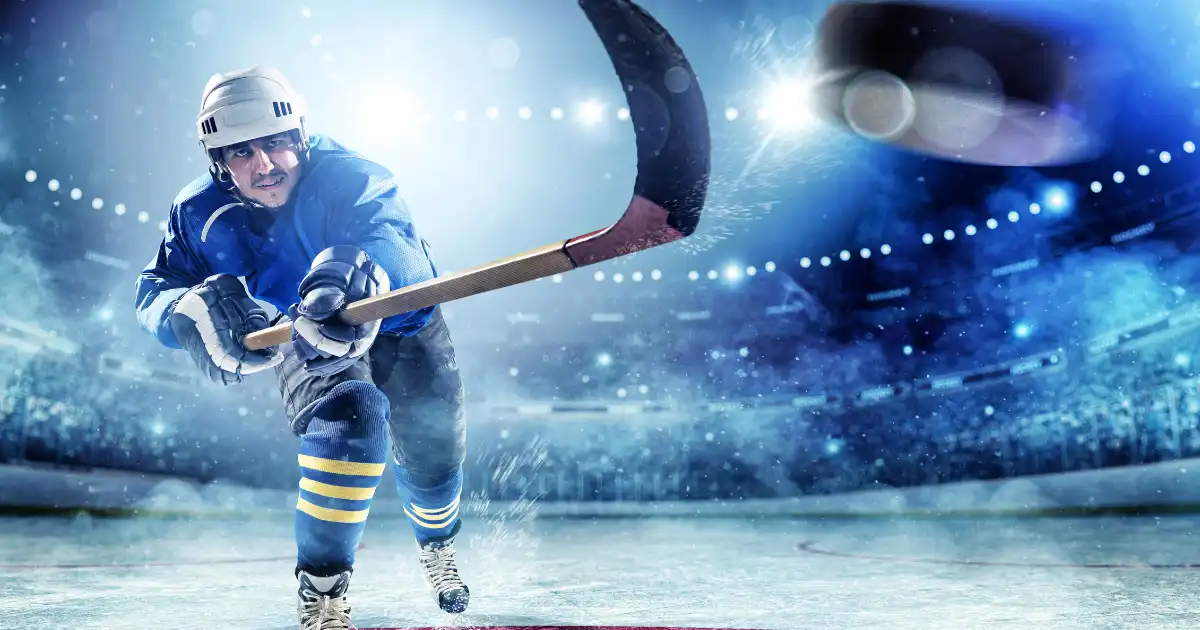Hockey is fast, thrilling, and full of drama, but beneath the high-octane action lies a rulebook packed with fascinating quirks that can leave even seasoned fans scratching their heads. These rules, often obscure or rarely encountered, highlight just how nuanced the game can be. For casual fans and trivia buffs, let’s dive into some of the strangest, lesser-known rules that make hockey a sport like no other.
The “Puck Out of Play” Rule
You’ve probably seen it: a puck is deflected into the stands or caught by an eager fan. But what about when it isn’t so clear? The NHL rulebook covers virtually every scenario where the puck leaves the playing surface. For example:
• Direct Flip-Out (Delay of Game): If a player in their defensive zone deliberately shoots the puck over the glass without it touching anything else, they’re hit with a two-minute delay of game penalty. This rule was introduced in 2005 to prevent players from using this as a sneaky way to relieve pressure during intense moments.
• Exceptions Galore: However, if the puck deflects off a stick, another player, or the boards before flying into the crowd, it’s not a penalty. These nuances often spark heated debates between players, coaches, and refs during games!
The “Hand Pass” Rule
Hockey may be a stick sport, but players sometimes get a hand in the action—literally. That’s where the “hand pass” rule comes into play.
• Not All Hand Passes Are Illegal: In the offensive zone, using your hand to direct the puck to a teammate results in an immediate whistle. However, in the defensive zone, players are allowed to bat the puck to their teammates with their hands. This allowance recognizes the need for defenders to react quickly in high-pressure situations.
• The Catch-and-Drop Move: What about catching the puck? Players are allowed to catch it mid-air, but they must immediately drop it to the ice or play it with their stick. Holding on too long or throwing the puck to a teammate can result in a minor penalty.
The Infamous “Trapezoid” Rule
Ever notice those trapezoid-shaped areas behind the net? That’s not just a weird design choice—it’s the result of a rule introduced after the dominance of legendary goalie Martin Brodeur.
• What It Does: Goaltenders are prohibited from handling the puck outside the trapezoid behind the net. This rule was meant to limit the ability of goalies to act as third defensemen, clearing the puck out of their corners with ease.
• Controversy: Some fans (and goalies!) hate this rule, claiming it slows down play, while others believe it adds to the excitement by forcing goalies to stay in their lanes—literally.
The “Broken Stick” Dilemma
A hockey stick snapping mid-play is a disaster for any player, but how they handle it is critical.
• No Stick Play: If your stick breaks, you’re no longer allowed to use it, even to deflect the puck. Players must drop broken sticks immediately. Failure to do so results in a minor penalty.
• Borrowing Allowed: Players can pick up a teammate’s stick or receive one from the bench, but they can’t just grab an opponent’s stick—that’s an equipment violation!
The “Intent to Blow the Whistle” Rule
One of the most debated calls in hockey happens when a referee loses sight of the puck and blows the play dead—or intends to blow the play dead.
• What It Means: Even if the puck crosses the goal line, if the referee decided to blow the whistle before the goal, it won’t count. The “intent to blow” judgment can frustrate players and fans alike because it hinges on the ref’s interpretation of the moment.
• Why It Exists: This rule is meant to ensure player safety and prevent chaotic scrambles around the net when the puck is momentarily out of sight.
Goalie-Only Penalties
Goalies may not get physical as often as skaters, but when they do, the rules get interesting.
• Tripping from the Crease: If a goalie trips a player using their stick or body, they can be penalized—but they can’t serve their own penalties. A teammate has to sit in the box for them!
• Restricted Gear: Goalie equipment has specific size and shape requirements. If a goalie uses oversized gear to gain an advantage, the team faces penalties, including disallowing goals scored during the infraction.
The “Tied Faceoff” Rule
Did you know there’s a rule for faceoff ties?
• Who Wins the Draw? If two players tie during a faceoff, the winner is determined by who legally makes the next move on the puck. This keeps play moving smoothly and minimizes disputes.
Final Thoughts
Hockey’s rulebook is a treasure trove of quirky and fascinating guidelines that help balance chaos with order on the ice. Whether it’s the precise handling of a puck out of play or the bizarre intricacies of hand passes, these rules add depth to the game and keep players, refs, and fans on their toes.
The next time you’re at a game or watching on TV, keep an eye out for these strange moments—because in hockey, it’s often the unexpected that makes the game so thrilling.
#HockeyTrivia #DidYouKnow #StrangeHockeyRules #GameOn

